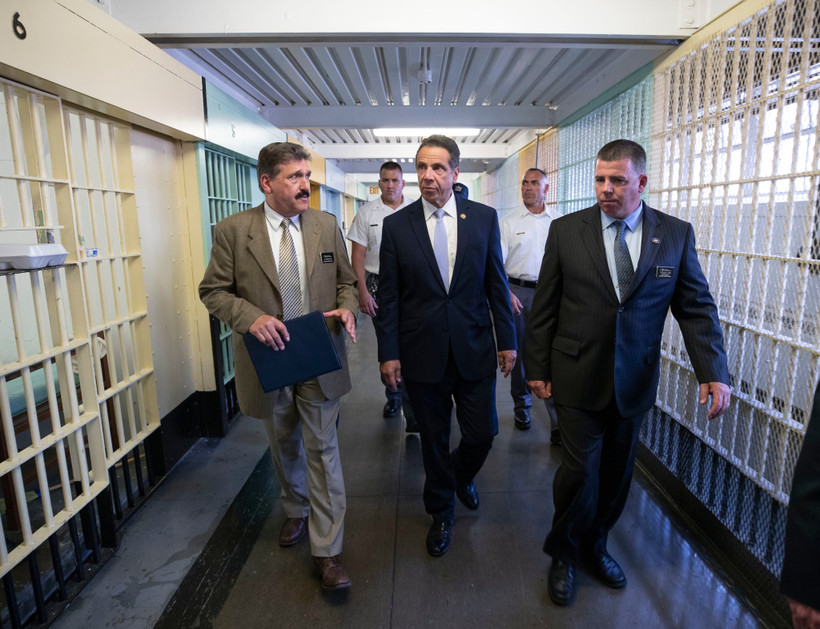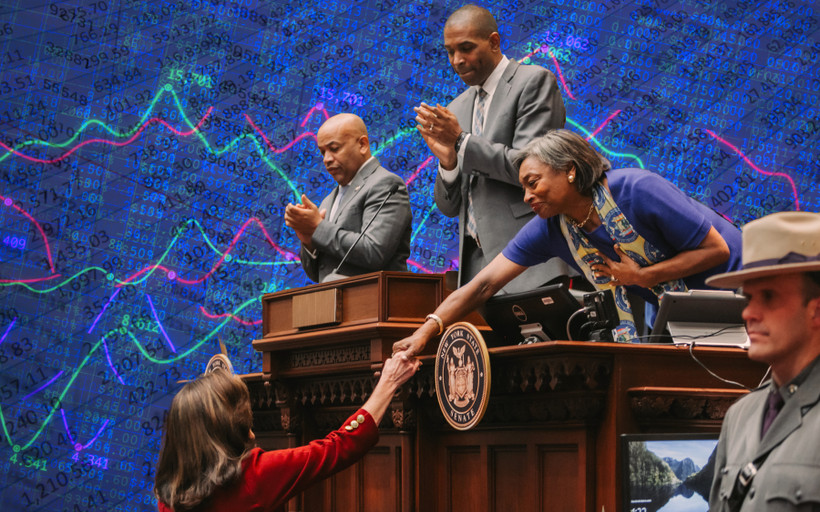“The Worst Prison in New York State”
The situation at Rikers is bad, but at Great Meadow Correctional Facility, a maximum security facility more than 200 miles north of New York City, it’s worse.

Previously unreleased disciplinary files expose officers who beat, slap, and pepper spray the residents they’re supposed to protect. Most are back at work within a month.
Local regulations haven’t kept up with the rollout of new surveillance tech. Some reformers see Washington as their best hope.
Stark disparities in access to life-saving medication for opioid addiction persist between facilities — and racial groups.
A version of good cause eviction and new hate crimes are in; new taxes on the wealthy and education cuts are out. Here’s where things landed in this year’s budget.
The Assembly rejected legislation that would have sped up New York’s transition away from gas.
Low-wage manual laborers can sue to make their bosses pay them weekly. Hochul’s late-breaking budget addition may undermine that right.

